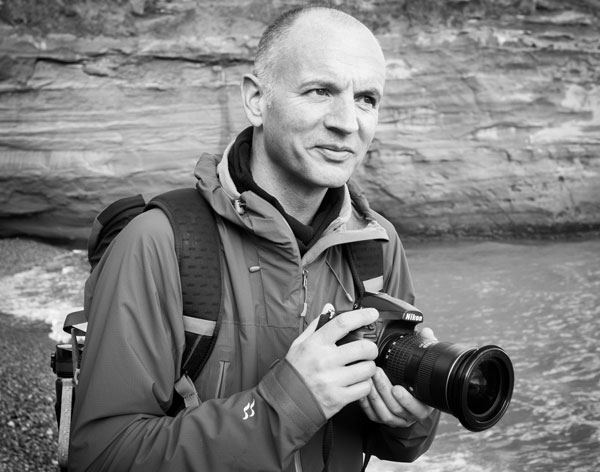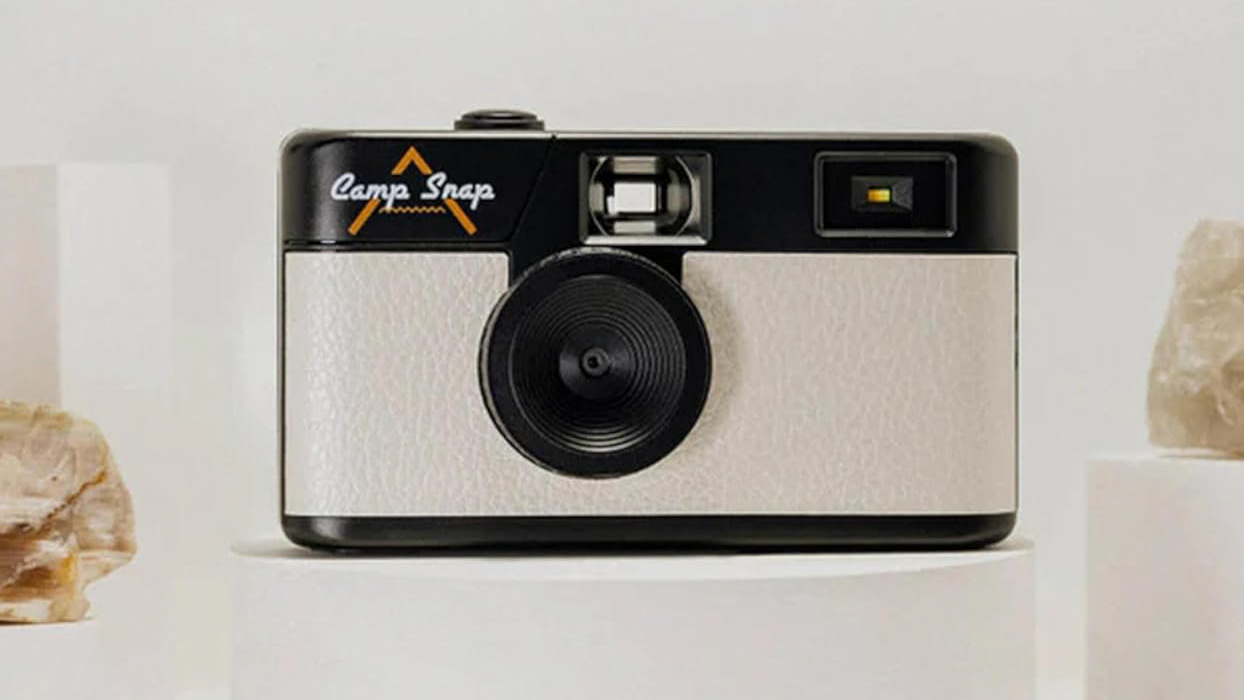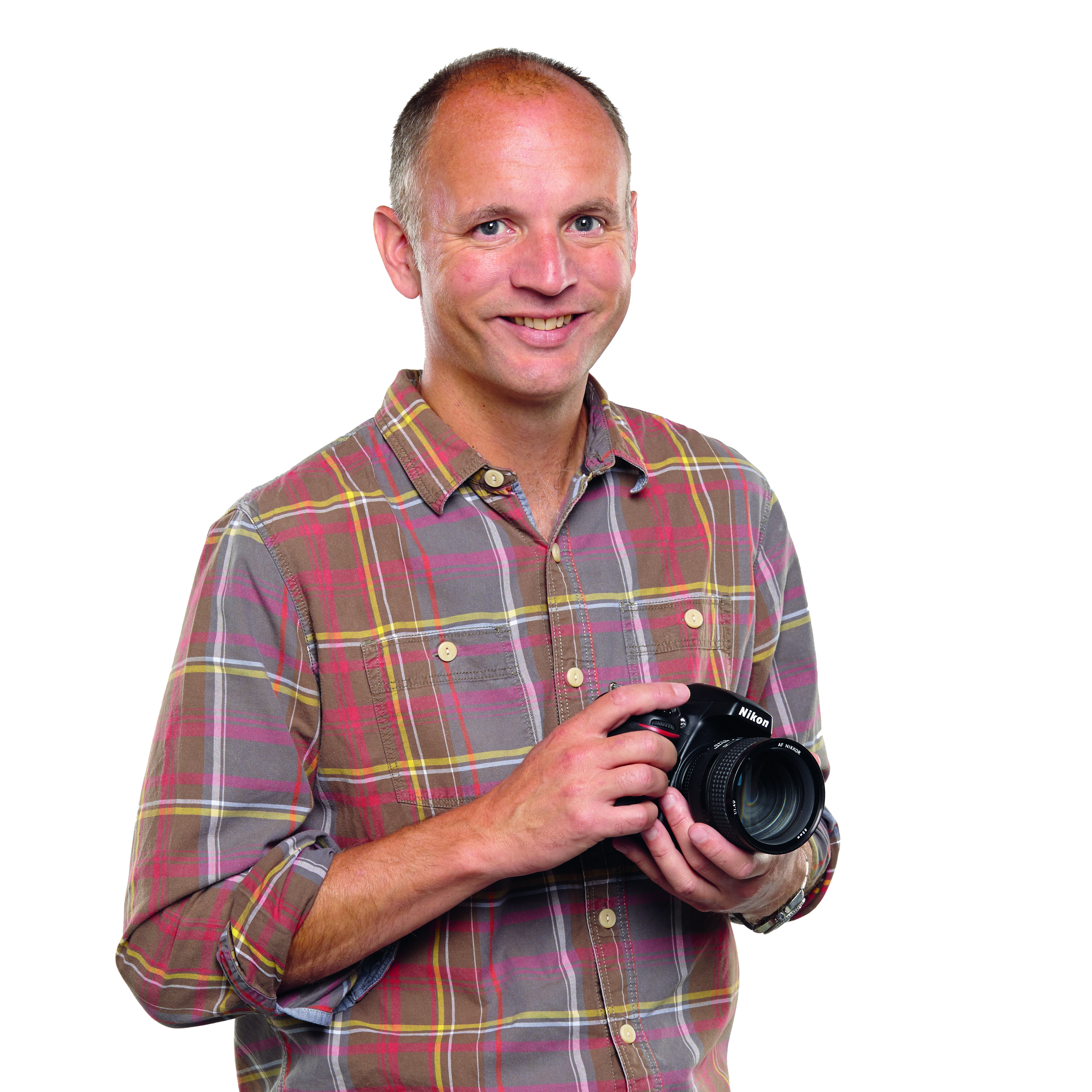Cheap, toy-like cameras have a unique aesthetic that some find frustrating. But, with the right frame of mind, their crudeness can be harnessed to creative effect
The Art of Seeing #72: Liberating himself from the shackles of modern technology, Benedict Brain has creative fun with his new Camp Snap camera


Benedict Brain is a UK-based photographer, journalist and artist. He is an Associate of the Royal Photographic Society and sits on the society’s Distinctions Advisory Panel. He is also a past editor of Digital Camera Magazine, and the author of You Will be Able to Take Great Photos by The End of This Book.
Think of a disposable camera but with a small digital sensor instead of a roll of film. This is the Camp Snap, a simple camera I was seduced into buying. I have a penchant
for quirky toy cameras, so I was fair game for all those online algorithms.
Cheap, toy-like cameras often have a unique aesthetic that some might
find frustrating. With the right frame of mind, however, their crudeness can be harnessed to creative effect. Camp Snap looks and feels like a single-use camera; while there is a digital sensor, there are only a few controls and no display screen.
The camera’s rear features a flash on/off/auto button and a primitive LED image counter. It’s rechargeable via a USB-C cable, which can be connected to a computer to download images stored on a microSD card. Essentially, it is designed to free you from the distractions of technology and allow you to enjoy some unencumbered creative fun. And that’s what I did. More or less.

I took my Camp Snap on a recent trip to the Mediterranean – I also took my ‘proper’ camera, but using the Camp Snap was still a great experience. I even made some comparison shots with both cameras. While my medium-format Fujifilm camera produced better files, the Camp Snap drove home the core fact that ‘seeing’ is more important than kit.
The Camp Snap’s viewfinder isn’t very good, so there was a fair amount of trial and error to learn how the camera ‘sees’ and how it handles light. The low-raking autumn light was lovely, so I photographed my shadow, amongst other things. It’s not exactly original, but I like how the camera handled the contrast. I came back with
a large collection, some of which you can see here. I enjoyed the simplicity – not getting bogged down with settings was liberating. I sense the Camp Snap will be
a constant companion. It’s small, light and cheap enough (around $80) to throw in a bag without being too precious.
• Other articles in the Art of Seeing series
Read more:
• The 50 best photographers ever
• 120 best photography quotes from famous photographers
• The best coffee-table books on photography
Get the Digital Camera World Newsletter
The best camera deals, reviews, product advice, and unmissable photography news, direct to your inbox!
Benedict Brain is a UK based photographer, journalist and artist. He graduated with a degree in photography from the Derby School of Art in 1991 (now University of Derby), where he was tutored and inspired by photographers John Blakemore and Olivier Richon, amongst others. He is an Associate of the Royal Photographic Society and also sits on the society’s Distinctions Advisory Panel.
Until July 2018 Benedict was editor of Britain’s best-selling consumer photography magazine, Digital Camera Magazine. As a journalist he met and interviewed some of the world’s greatest photographers and produced articles on a wide range of photography related topics, presented technique videos, wrote in-depth features, curated and edited best-in-class content for a range of titles including; Amateur Photographer, PhotoPlus, N-Photo, Professional Photography and Practical Photoshop. He currently writes a regular column, The Art of Seeing, for Digital Camera magazine.

